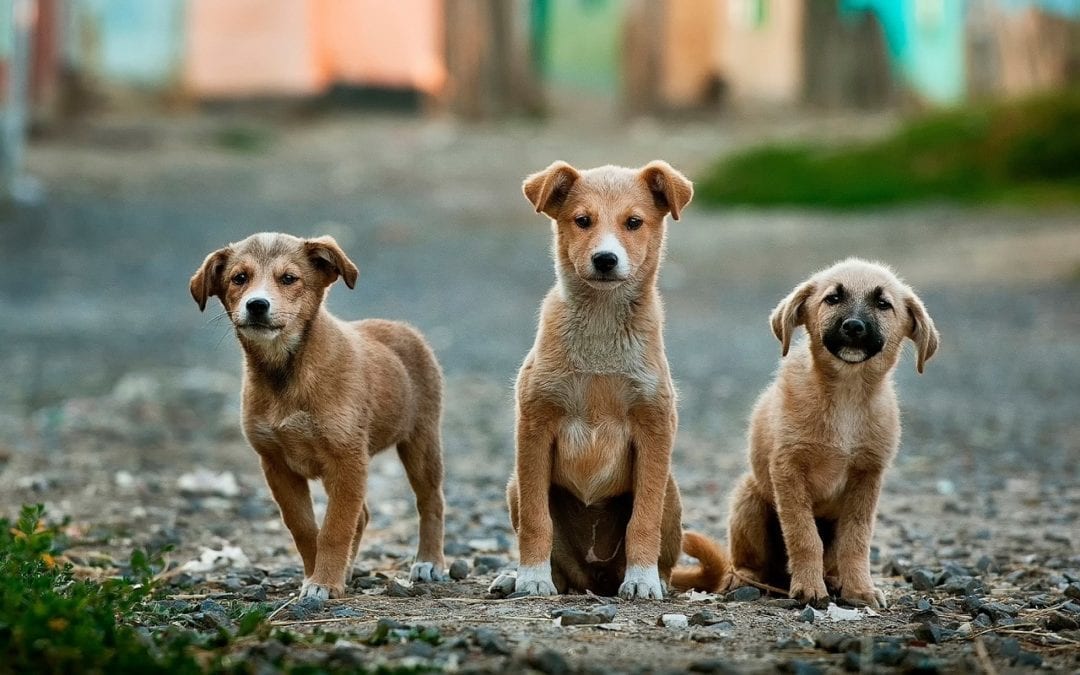Canine parvovirus (CPV) is a common virus that affects primarily young dogs that are unvaccinated, under-vaccinated, or immunosuppressed. Without treatment, CPV is life threatening due to severe fluid losses and electrolyte derangements secondary to inappetance, vomiting, and diarrhea. Treatment is aimed toward symptomatic supportive care, aggressive fluid therapy, anti-nausea medications, antibiotics, and nutritional support while the virus runs its course.
There is an increase in the prevalence of CPV during warm summer months (July-September). Its spread occurs via ingestion of bodily fluids (ie- vomitus, diarrhea) containing the virus. This can occur from a puppy walking in grass that is infected with parvo virus and then licking its paws. This is why puppies should NOT be taken to community environments until they have completed their puppy vaccinations by a licensed veterinarian.
Symptoms seen include:
- Anorexia/inappetance
- Lethargy/listlessness
- Malaise
- Increased drooling (secondary to nausea)
- Vomiting
- Belly pain
- Diarrhea
How to disinfect a parvo infested environment
A 10% bleach solution, iodine-based disinfectant, accelerated hydrogen peroxide, or quaternary ammonium solution can all be used against parvovirus. Parvo virus can live in the environment for up to 2 years. Do NOT walk your unvaccinated puppy in grass that is not isolated to your own safe (known to be parvo free for >2 years) backyard.
PREVENTION
While vaccination against parvovirus is highly effective, failure of passive transfer, early weaning, lack of vaccination, inappropriate client education (eg, frequency of veterinary visits), or maternal antibody interference can result in disease. Parvovirus can be easily prevented by appropriate client education and vaccination. Please seek out veterinary advice if you have a puppy and are unsure whether they are appropriately protected from Canine Parvo Virus.

